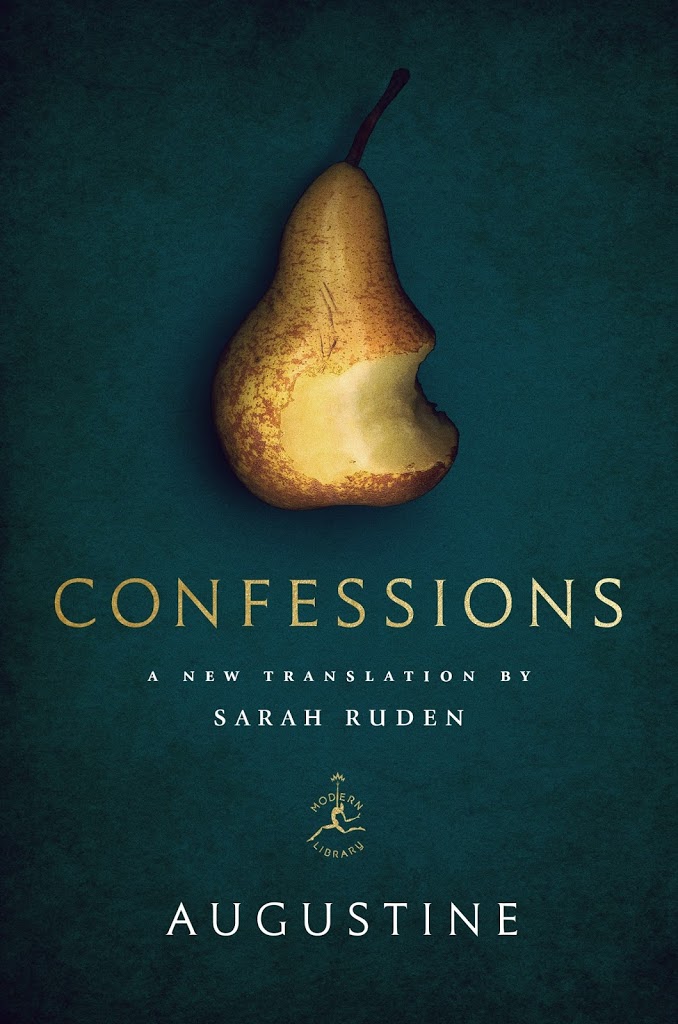New Obsession: The Deadliest Catch
Having conceded to my wife and children’s request for something more than basic cable (but not premium!–yes, such a martyr, I know…) has translated into a new vice for me: an almost obsessive interest with the Discovery Channel’s The Deadliest Catch. (This brings on bouts of affluenza on the nights when I have to choose between The Deadliest Catch and American Chopper, but I find Catch winning out.)
I discovered Deadliest Catch on New Years’ Day. For the past several years our family’s New Years’ tradition has been to all cuddle up on the couch for the afternoon (Michigan winters will do this to you), load the coffee table with hot chocolate and snacks, and watch a movie or two together. This past year, after watching the movie, somehow we ended up on the Discovery channel which was offering a Deadliest Catch marathon. I’m somewhat embarrassed to say that I stayed glued to the television for, I think, four hours straight!
For those who haven’t seen it (which will include, I guess, those with more spiritual discipline than I, who remain committed to simplicity and thus spurn the temptations of cable–pray for me!), The Deadliest Catch is a documentary series that recounts the drama of fishing vessels pursuing king crab off the Alaskan coast. I hesitate to describe it as “reality TV” since it makes a mockery of all the other drivel that traffics under that banner. Crab fishing in the icy Alaskan waters is one of the deadliest jobs in the world (over 90 fishermen have died in the past 20 years) and the drama is heightened by the brevity of the season. The crews are looking to make their year’s wages within a short window, all dependent on the ability to actually find the crab and at the same time survive the dangers of these Alaskan waters. (And kudos to the cameramen who undertake the same risks to bring us these images!)
The show follows the ups-and-downs of these ventures, ranging from the hilarity that comes along with such labor comraderie to the heart-breaking sadness when tragedy strikes. Rugged, cussing boat captains are reduced to tears as they hear word of a ship going down and claiming three lives. It is some of the most compelling drama I’ve ever seen on television, and goes a long way to redeeming the medium. (Further kudos to the Discovery Channel, which is a Smith family favorite and goes a long way to alleviating my guilt for caving in and signing up for standard cable.)
But I must confess that there’s a regrettable aspect to all of this, namely the economics that drives this drama. While there are some fishermen for whom this is a way of life that is in their bones, for most it seems that the only “end” for such risk is the astounding paycheck at the end. Thus one regularly hears comments from the crew–smashing 6-inch ice off of overhead cables and braving rogue waves that threaten their footing–about the “ca-ching” that they’re after. In other words, this is a drama undertaken for lucre, and pretty much nothing else.
On top of that, the entire industry is one generated by economies of luxury. They are fishing for king crab, which doesn’t make its way to all that many American dinner tables. Rather, it is the fare of the rich, or the middle class who splurge once or twice a year. It is sobering to think of how many lives are lost for the sake of providing the well-heeled with luxurious cuisine.
Neither of these economic factors seems to redeem the tragedy. Perhaps, though, one can find it redeemed in the friendships forged amongst this community who lives on the icy edge of danger. But I fear not.



